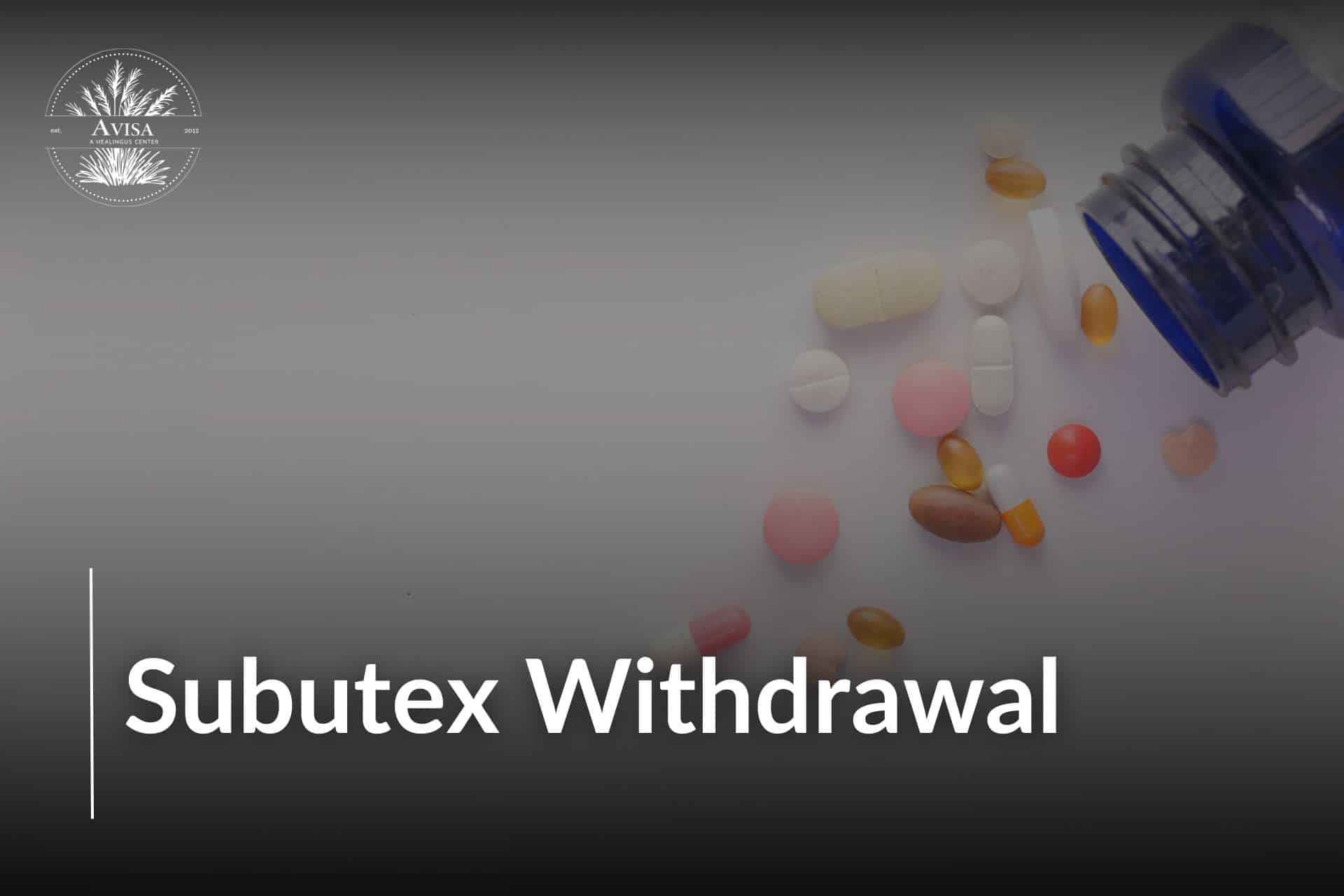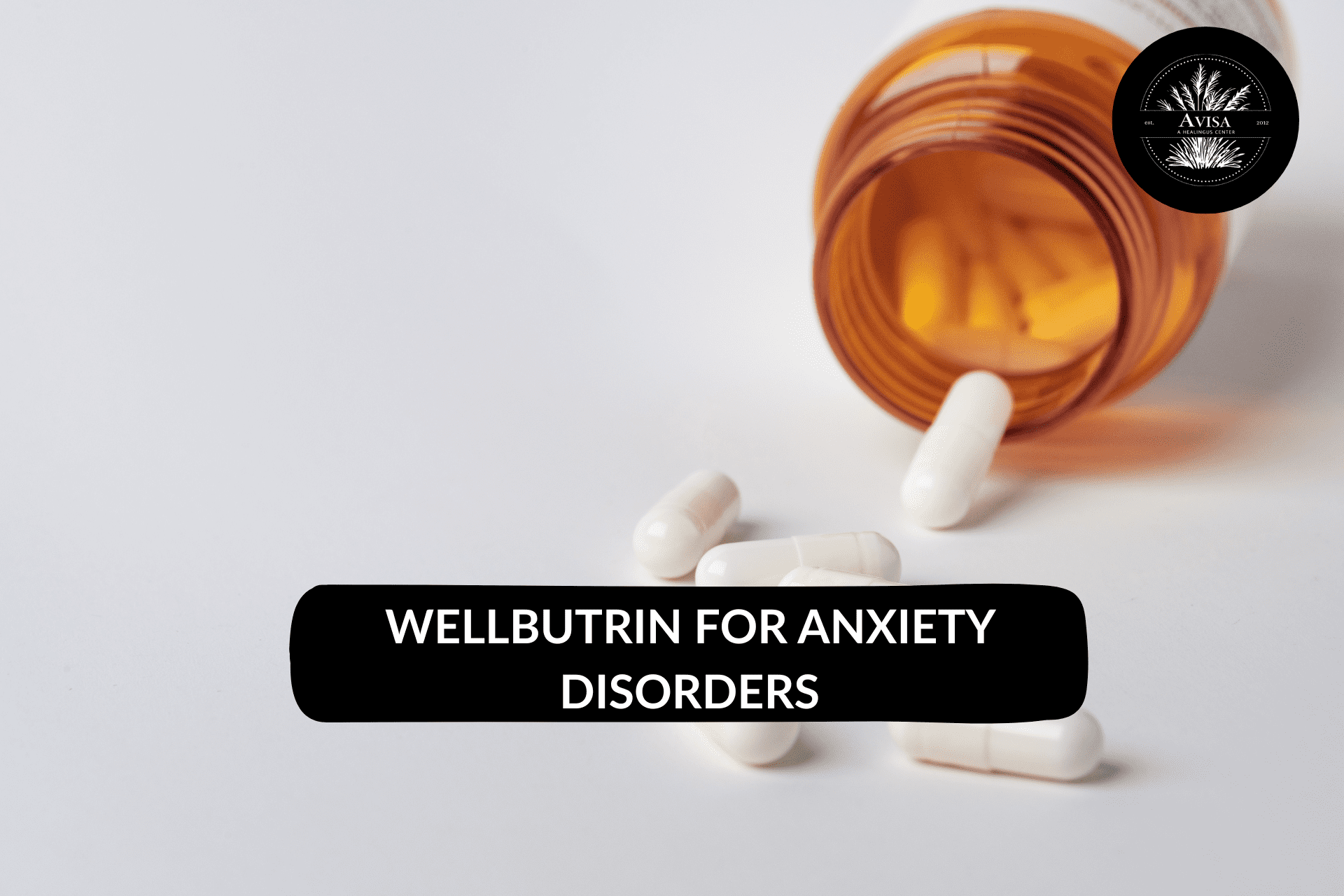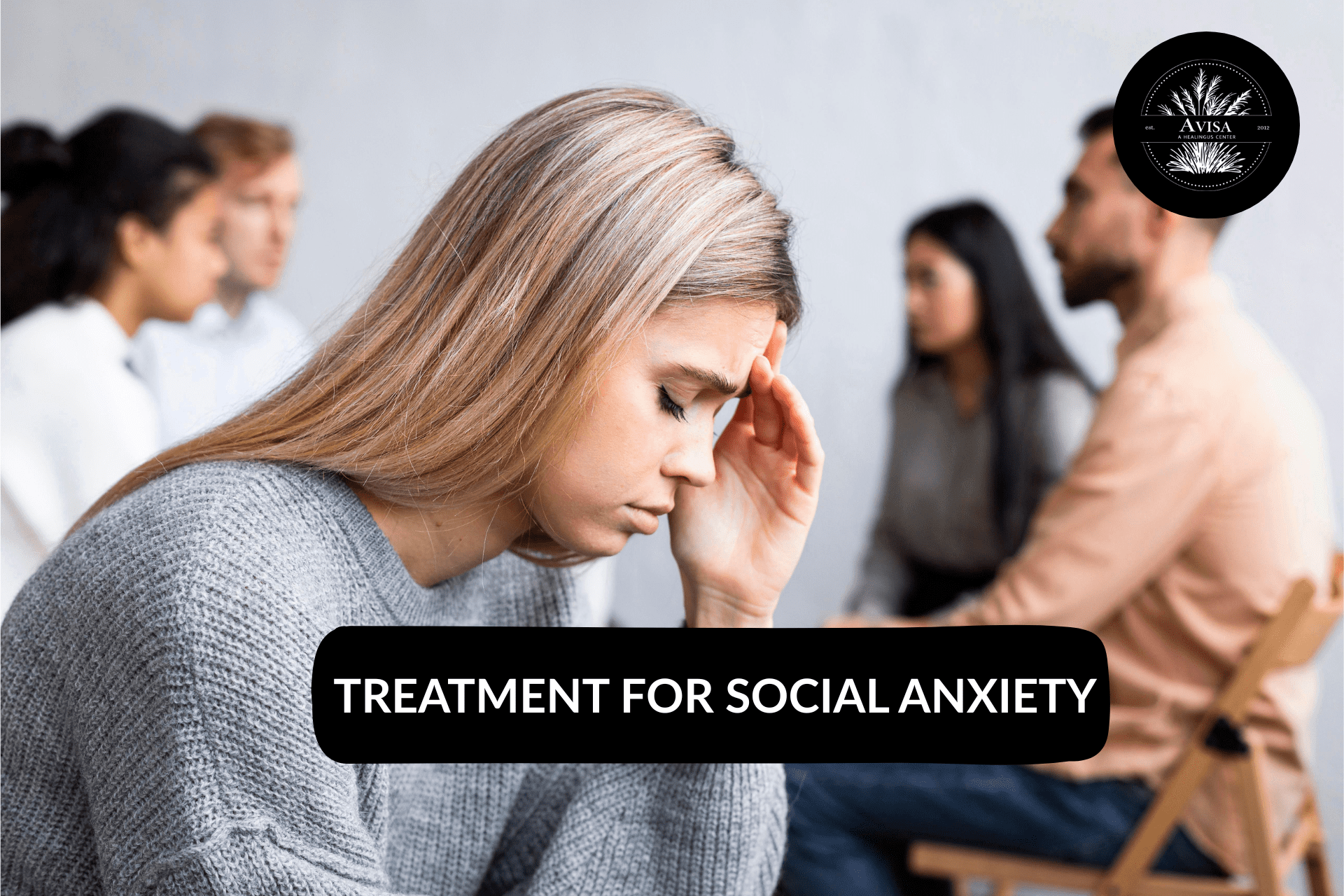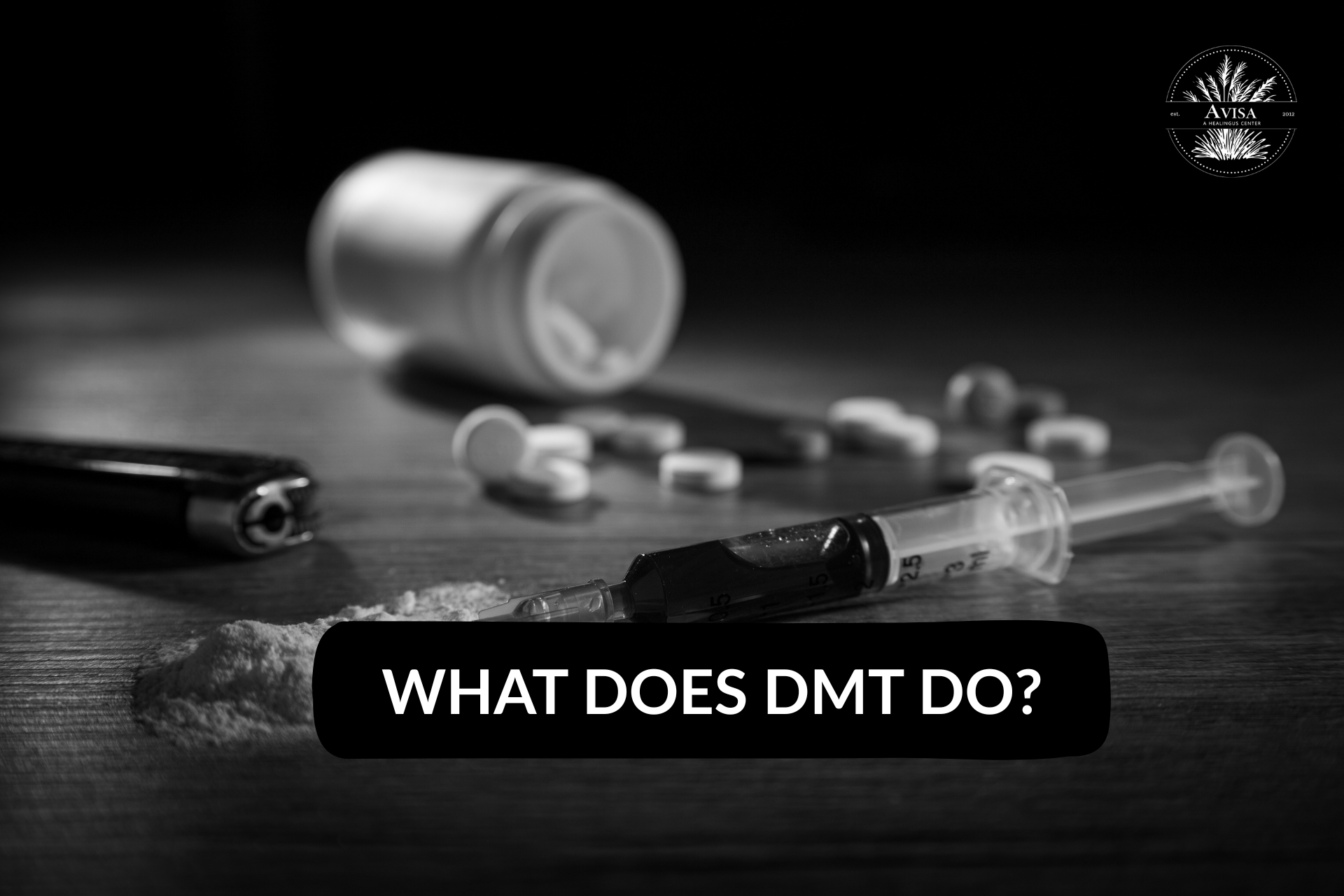When someone takes in Subutex, it connects to the same receptors in their central nervous system that opioid drugs, the same as prescription painkillers or heroin control. Subutex is classified as a partial opioid agonist, so while it does trigger the same receptor sites as addictive drugs, it doesn’t produce a powerful, euphoric high.
Rather, the drug makes the brain assume that it is taking the drug that it has become dependent on while not paying attention to the Subutex withdrawal symptoms.
This can be very problematic because it is almost seen as substituting one drug for another. While the euphoric high that other drugs provide might not be present, the body and brain still become habituated to operating to resolve any kind of Subutex withdrawal symptoms.
This means the user can become dependent on Subutex to set something as minor as a headache.
Subutex should not be taken for longer periods. When the medication is taken as advised, it doesn’t have a high chance for an addiction to come about.
An addiction can appear based on how frequently the medication is used, the dosage, and less likely concern for the side effects that Subutex can bring.
Symptoms of Subutex Withdrawal
The use of Subutex and other medications during the opioid detox process, for some people guides people to substitute one substance with another. Subutex manages to be a relatively not-so-risky option because methadone is much more addictive.
In that case, a provoked subutex withdrawal can arise when a partial agonist like buprenorphine is utilized. This happens when someone uses Subutex to avoid b withdrawal. Still, the receptors aren’t fully activated, so they may go through some level of withdrawal despite the use of the medicine, denying the receptors to believe that the Subutex isn’t working as planned.
If you’ve been consuming Subutex as a medication-treatment option for opioid dependence and you quit using it, you may encounter calm Subutex withdrawal symptoms.
These symptoms can include
- Anxiety
- Muscle spasms and aches
- Aggression
- Irritability
- Insomnia
- Restlessness
- Runny nose
- Excessive sweating
- Depression
- Inability to concentrate
While it’s rare to experience extreme symptoms while on Subutex, there is an opportunity for a much more severe withdrawal process which has symptoms like:
- Hyperactivity
- Vomiting
- Nausea
- Stomach cramps
- Fatigue
- Diarrhea
These symptoms can be prevented if a person follows a schedule to come off Subutex. If a patient is going via a medically driven detox program, a physician may have the patient do this so that they experience less severe withdrawal symptoms.
Subutex Withdrawal Timeline
Unless you have proper care from your doctor, stopping Subutex can result in irritated Subutex withdrawal symptoms. If you’ve attempted to quit heroin, oxycodone, or other opioid cold turkey, you might have gone through these symptoms before.
In one small study of people from buprenorphine products, symptoms began within 48 hours, peaked at three days, and lasted up to 10 days.
In a different study of people withdrawing, including people who used other substances, symptoms showed at 21 days.
Your Subutex withdrawal could be longer than average due to the following factors
- Lower age
- The higher dose of Subutex
- Use of other medications at the same time
- Underlying mental health issues
- Longer length of treatment
While the length of subutex withdrawal varied significantly between the two studies, both sets of people rated their symptoms as mild, not severe.
Coping Strategies for Subutex Withdrawal
Finding Subutex can be a bit challenging, but employing effective coping strategies can significantly ease the process. It’s crucial to seek medical expertise and support. Health care professionals can provide medications and therapies to manage withdrawal symptoms safely.
Psychological support, including counseling and joining support groups, offers emotional stability and a sense of community.
Additionally, self-care strategies like stress management techniques and engaging in relaxation exercises contribute to a smoother recovery journey, promoting overall mental and physical health.
Medical Supervision and Support
- Consult healthcare professionals for safe withdrawal management.
- Use prescribed medications and therapies to alleviate symptoms
- Consider cognitive behavioral therapy for additional support.
Healthy Lifestyle Practices
- Maintain a balanced diet and stay hydrated
- Engage in regular exercise, such as walking or yoga
Psychological Support
- Participate in counseling or therapy
- Join support groups and seek peer support
Self-Care Strategies
- Practice stress management techniques like deep breathing and medication
- Engage in activities that bring joy and relaxation
- Ensure adequate sleep to support
Seeking Professional Help
Managing Subutex withdrawal symptoms requires professional medical guidance to ensure safety and effectiveness; here are some key points to consider:
- Consult a medical professional
- Dictor’s Guidance
- Avoid Abrupt cessation
- Tapering off
- Medical Supervision
- Be cautious of quick detox claims
- Risk of relapse
- Increased overdose risk
To manage Subutex withdrawal symptoms safely and effectively, seek help from medical professionals. Your doctor can explain how to get rid of the Subutex correctly. This likely suggests a gradual reduction schedule to avoid uncomfortable withdrawal symptoms.
Never Quit Subutex abruptly, as this can trigger severe withdrawal symptoms.
Since it exclusively treats the symptoms but not the reason for addiction, Subutex detox usually leads to relapse.
Conclusion
Surviving Subutex withdrawal is a challenging journey, but with the right strategies and support, it is possible to achieve a smooth recovery. Ensuring medical supervision and incorporating healthy lifestyle practices are critical steps.
If you or someone you know is struggling with Subutex withdrawal don’t hesitate to seek professional help. Contact Avisa to discuss a tailored plan for managing your withdrawal and recovery process. Taking this step is vital for your health and well-being.
FAQs
Que: Why is Subutex discontinued?
Ans: The manufacturer of Subutex developed drug formulations including buprenorphine and naloxone, which would be additional difficult to manipulate than Subutex. When these became unrestricted, the company released Subutex from the market.
Que: Why is Suboxone so hard to get off of?
Ans: Practitioners need to identify the physical dependency that arrives from partially loaded opioid receptors, which is what makes getting off a buprenorphine-based medication so complicated. The best method of action is to taper patients off Suboxone gradually and over a long period.
Que: How does Subutex affect the brain?
Ans: Buprenorphine works by deceiving the brain into assuming that it is obtaining a full dose of an opioid, while naloxone secures the activation of opioid receptors.
Que: How long does Subutex block your receptors?
Ans: When buprenorphine connects to the opiate receptors in your brain, it prevents other opioids from being able to attach. It then fulfills your body’s need for opioids, easing cravings and the consequences of withdrawal.
Que: Does buprenorphine block other opioids?
Ans: Opioid antagonists can secure the effects of buprenorphine, and buprenorphine has the possibility to eject and secure other opioids from the opioid receptor due to its high ability for and slow dissociation.











